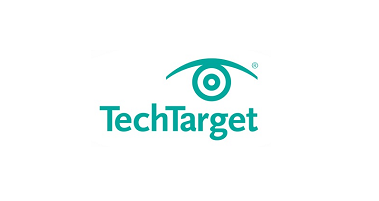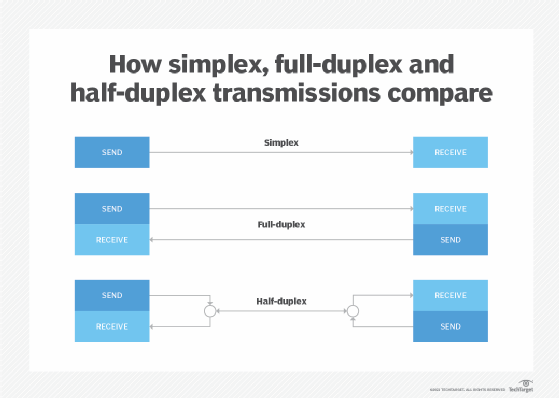
What is a Serial Communications Interface (SCI)?
What is a serial communications interface (SCI)?
A serial communications interface (SCI) is a device that enables the serial exchange of data — that is, one bit at a time — between a microprocessor and peripherals, such as printers, external drives, scanners and mice. In this respect, it is similar to a serial peripheral interface.
SCIs also enable serial communications with another microprocessor or with an external network. Motorola coined the term serial communications interface in the 1970s. In some applications, it is known as a universal asynchronous receiver/transmitter, or UART.

How does an SCI work?
An SCI contains a parallel-to-serial converter that serves as a data transmitter and a serial-to-parallel converter that serves as a data receiver. The two devices are clocked separately and use independent enable and interrupt signals.
SCIs operate in a non-return-to-zero (NRZ) format, which is a form of digital data transmission in which the binary low and high states are transmitted by specific direct current voltage. They can function in half-duplex communication mode, using only the receiver or only the transmitter, or in full-duplex mode, using the receiver and the transmitter simultaneously. The data speed is programmable.

Serial vs. parallel interfaces
Serial interfaces have some advantages over parallel communications interfaces. The most significant is their simpler wiring. In addition, serial interface cables can be longer than parallel interface cables because there is less interaction, or crosstalk, among the conductors in the cable.
The term SCI is sometimes used in reference to a serial port. This is a connector found on most PCs that’s intended for use with serial peripheral devices.
Special bits of data, such as a start bits and stop bits, are used to manage serial communications before data transfer occurs and after it has concluded. Other bits are used to transmit data and to receive data. Data transmission is largely asynchronous serial communication, in that it occurs only one message at a time, as opposed to synchronous transmission, where multiple data transfers can occur simultaneously in both directions.

Pros and cons of serial communications interfaces
Advantages of using serial data communications interfaces include the following:
- Have fewer wires.
- Cost less than other devices.
- Support long-distance communication between devices.
There are drawbacks to using SCIs:
- Require data to be sent to be well organized.
- Need device controllers to manage all data communications with peripherals and embedded systems.
Learn more about synchronous vs. asynchronous communication.